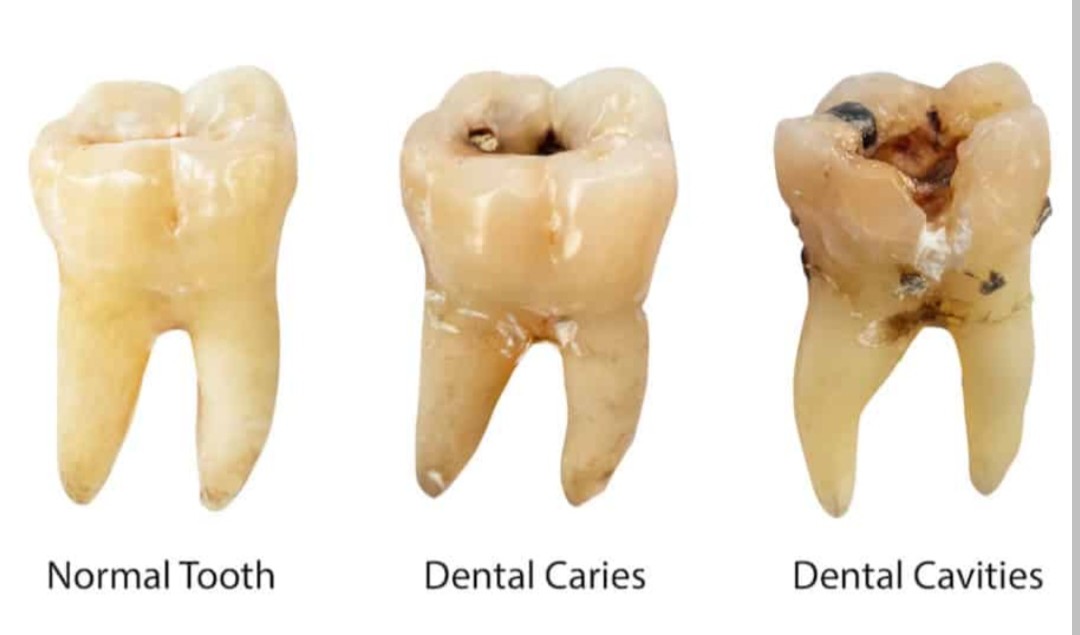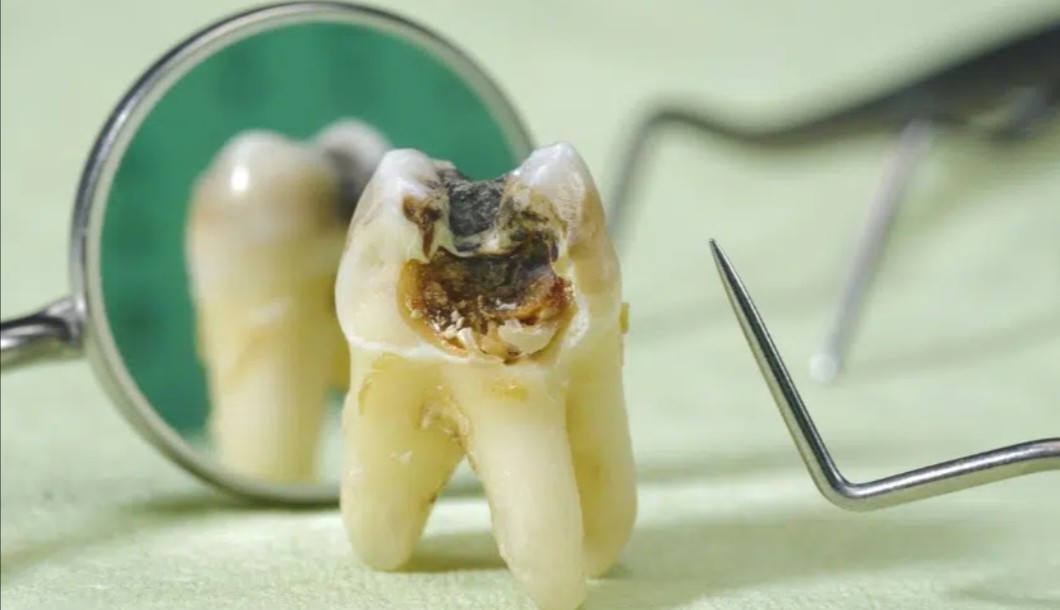A cavity is a common dental issue that can impact the visual appearance of the affected tooth. In its early stages, a cavity may appear as a small white or brown spot on the surface of the tooth. As the cavity progresses and the decay worsens, the appearance of the tooth may change. The affected area may become darker in color, turning a deep brown or black. In some cases, the cavity may cause the tooth to develop pits or holes, giving it a rough or uneven texture.
The surrounding gum tissue may also become inflamed or swollen, further altering the visual appearance of the affected tooth. If left untreated, a cavity can continue to grow and spread, leading to more severe damage to the tooth and potentially affecting the overall aesthetics of the smile. Regular dental check-ups and proper oral hygiene are essential in maintaining the visual appearance and health of the teeth.

Outer Appearance
Outer appearance plays a significant role in how we are perceived by others. Our clothing, grooming, and overall presentation can convey a lot about our personality, social status, and even our confidence levels. People often make snap judgments based on how someone looks, which can influence how they interact with that person. In many cases, a polished and put-together appearance can help to create a positive first impression and open doors to new opportunities.
On the other hand, a disheveled or unkempt appearance may lead others to make assumptions about our professionalism or attention to detail. While it is important to remember that true beauty comes from within, there is no denying the impact that outer appearance can have on our daily interactions and relationships. Taking the time to care for our appearance can boost our self-esteem and make us feel more confident in social situations. It is also a form of self-expression, allowing us to showcase our personal style and creativity.
However, it is important to remember that outward appearances can be deceiving, and it is essential to look beyond the surface to truly understand and connect with others. Ultimately, finding a balance between caring for our outer appearance and valuing inner qualities is key to presenting ourselves authentically and building meaningful connections with those around us.
Internal Appearance
Internal appearance refers to the way we present ourselves to others in terms of our thoughts, emotions, and beliefs. It is the inner workings of our mind and soul that shape our outward behavior and interactions with the world around us. Our internal appearance is influenced by a multitude of factors including our upbringing, experiences, values, and personalities. It is what guides us in our decision-making processes and shapes our perspectives on life. It is important to pay attention to our internal appearance as it can greatly impact our relationships with others and our overall well-being.
When we are in tune with our internal appearance, we are able to better understand ourselves and others, leading to more meaningful connections and a deeper sense of fulfillment. It is essential to nurture and cultivate our internal appearance through self-reflection, mindfulness, and personal growth. By doing so, we can become more authentic and aligned with our true selves, allowing us to live a more fulfilling and purposeful life. Ultimately, our internal appearance is a reflection of who we are at our core, and it is important to prioritize and maintain a positive and healthy internal landscape for our own personal growth and well-being.
X-ray Appearance
X-ray appearance refers to the visual representation of internal structures within the body using X-ray technology. X-rays are a form of electromagnetic radiation that can penetrate the body to create images of bones, organs, and tissues. These images appear as shades of gray on a film or computer screen, with denser structures such as bones appearing white and less dense structures like muscles and organs appearing gray. X-rays are commonly used in medical settings to diagnose and monitor various conditions such as fractures, infections, tumors, and other abnormalities.
The appearance of these X-ray images can provide valuable information to healthcare professionals, allowing them to make accurate diagnoses and develop appropriate treatment plans for patients. Additionally, X-rays are also used in non-medical settings such as security checkpoints in airports to detect concealed objects. Overall, the X-ray appearance plays a crucial role in both medical and security fields by providing important information about the internal structures of the body.

Sensitivity to Touch
Sensitivity to touch is a common trait among individuals that can vary greatly from person to person. Some people may have heightened sensitivity to touch, making them more responsive to even the lightest of touches. This can be both a blessing and a curse, as it can lead to increased pleasure in certain situations but also heightened discomfort in others. On the other hand, some individuals may have a lower sensitivity to touch, requiring more pressure or stimulation to feel the same level of sensation. This can impact how they interact with their environment and engage in physical activities.
Sensitivity to touch can also be influenced by factors such as genetics, upbringing, and past experiences. For example, someone who has experienced trauma may have a heightened sensitivity to touch as a result of their past experiences. Additionally, cultural norms and societal expectations can also play a role in shaping how individuals perceive and respond to touch. Overall, sensitivity to touch is a complex and multifaceted trait that can greatly impact how individuals experience the world around them. It is important for individuals to be aware of their own sensitivity to touch and to communicate their needs and boundaries with others in order to ensure that they feel comfortable and respected in their interactions.
Pain or Discomfort
Pain or discomfort is a universal human experience that can manifest in a variety of ways, both physically and emotionally. Whether it be the sharp sting of a paper cut or the dull ache of a headache, pain is an unpleasant sensation that can be difficult to ignore. Similarly, discomfort can arise from situations that make us feel uneasy or out of place, such as being in a crowded room or having to confront a difficult conversation. While pain and discomfort are often seen as negative experiences, they can also serve as important signals from our bodies and minds, alerting us to potential dangers or areas in need of attention. It is important to listen to these signals and address them in a healthy and constructive manner, rather than simply trying to numb or ignore them. By acknowledging and working through our pain and discomfort, we can learn more about ourselves and become better equipped to handle the challenges that life throws our way.
Reaction to Temperature
Our reactions to temperature can vary greatly depending on the individual and the circumstances. Some people thrive in hot weather, feeling energized and invigorated by the warmth of the sun on their skin. Others may find extreme heat uncomfortable and draining, preferring cooler temperatures to stay comfortable. On the other hand, some people may love the chill of winter, enjoying the crisp air and the opportunity to bundle up in cozy layers. However, there are also those who find cold weather unbearable, feeling stiff and tense as their muscles tighten in response to the cold.
Our bodies have a remarkable ability to adapt to changes in temperature, whether through shivering to generate heat in response to cold or sweating to cool down in hot weather. These physical reactions are automatic and instinctual, designed to help us maintain a stable internal temperature despite external fluctuations. In addition to our physical responses, our emotional reactions to temperature can also play a significant role in how we perceive and respond to different weather conditions. For some, a sunny day may bring feelings of joy and positivity, while for others, it may trigger feelings of discomfort or irritation. Ultimately, our reactions to temperature are influenced by a complex interplay of biological, psychological, and environmental factors, shaping our experiences and perceptions of the world around us.
